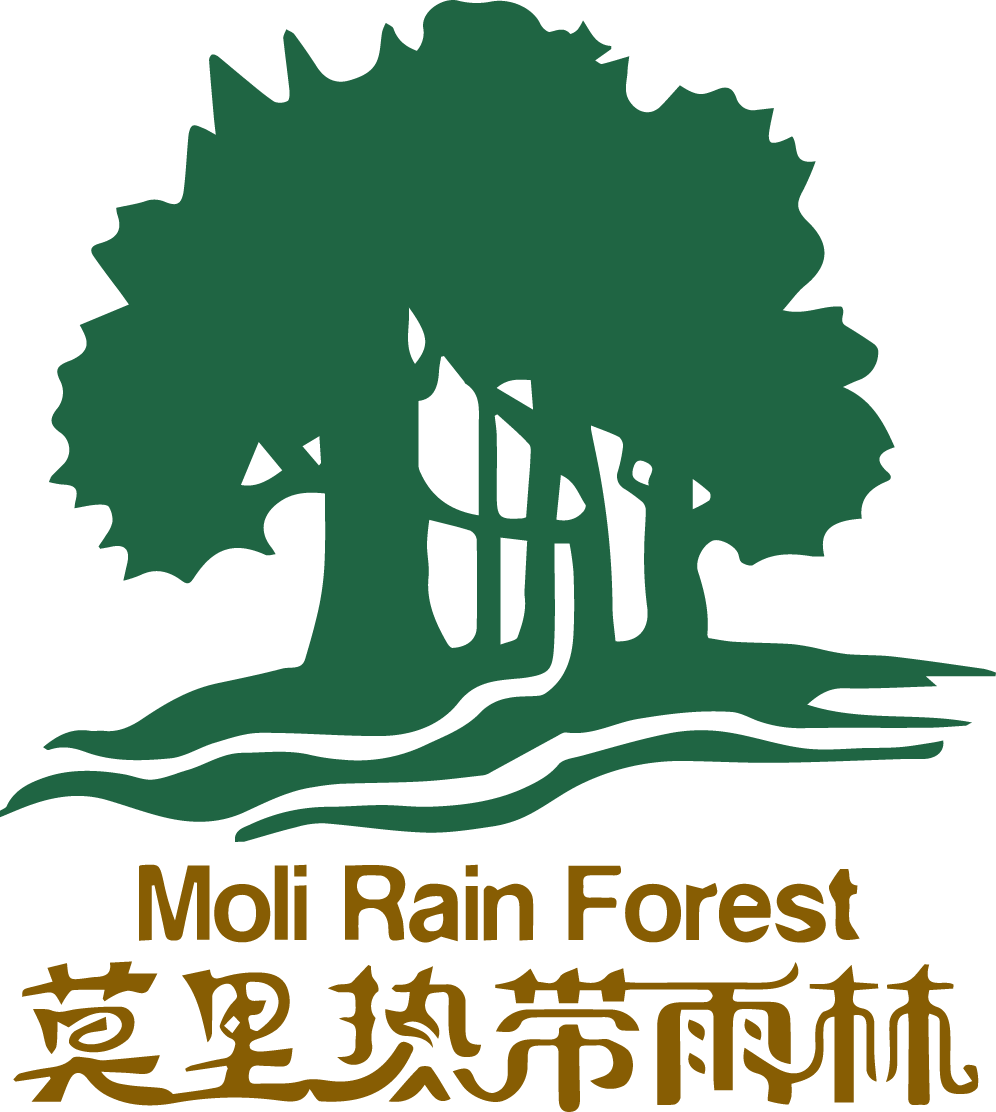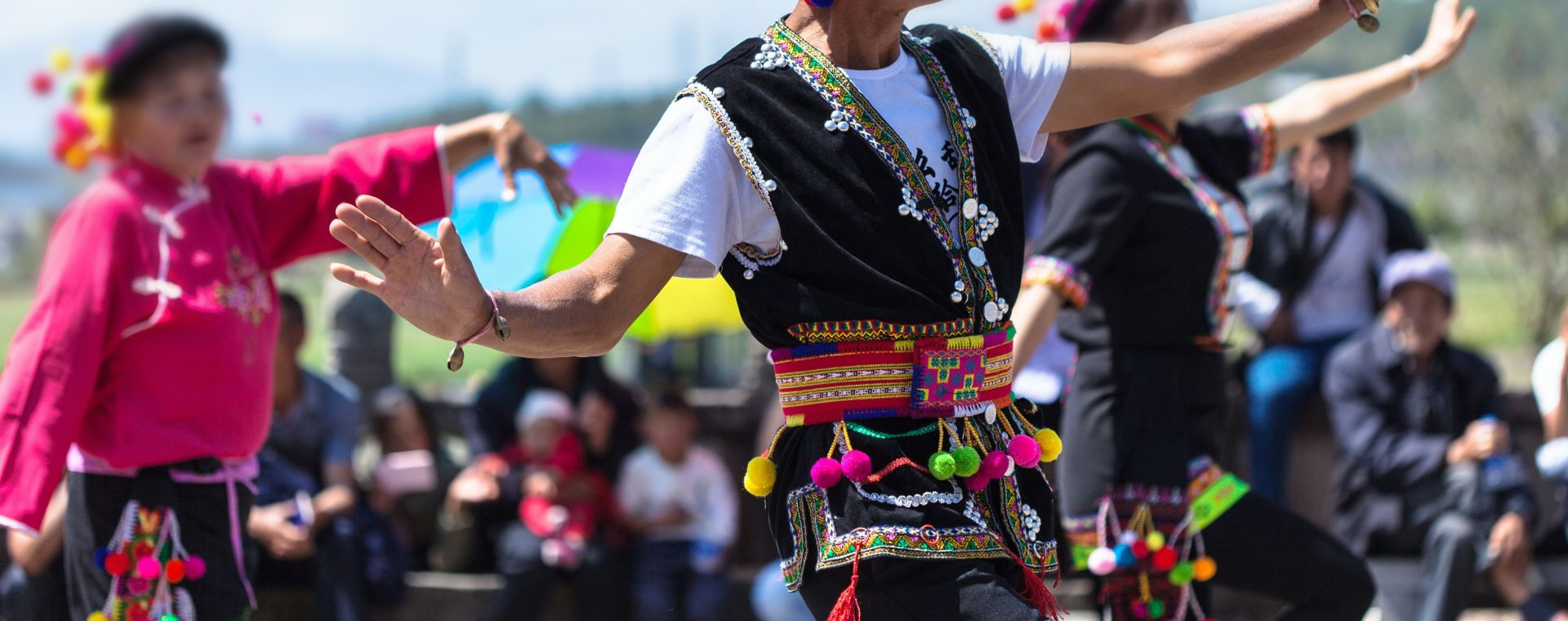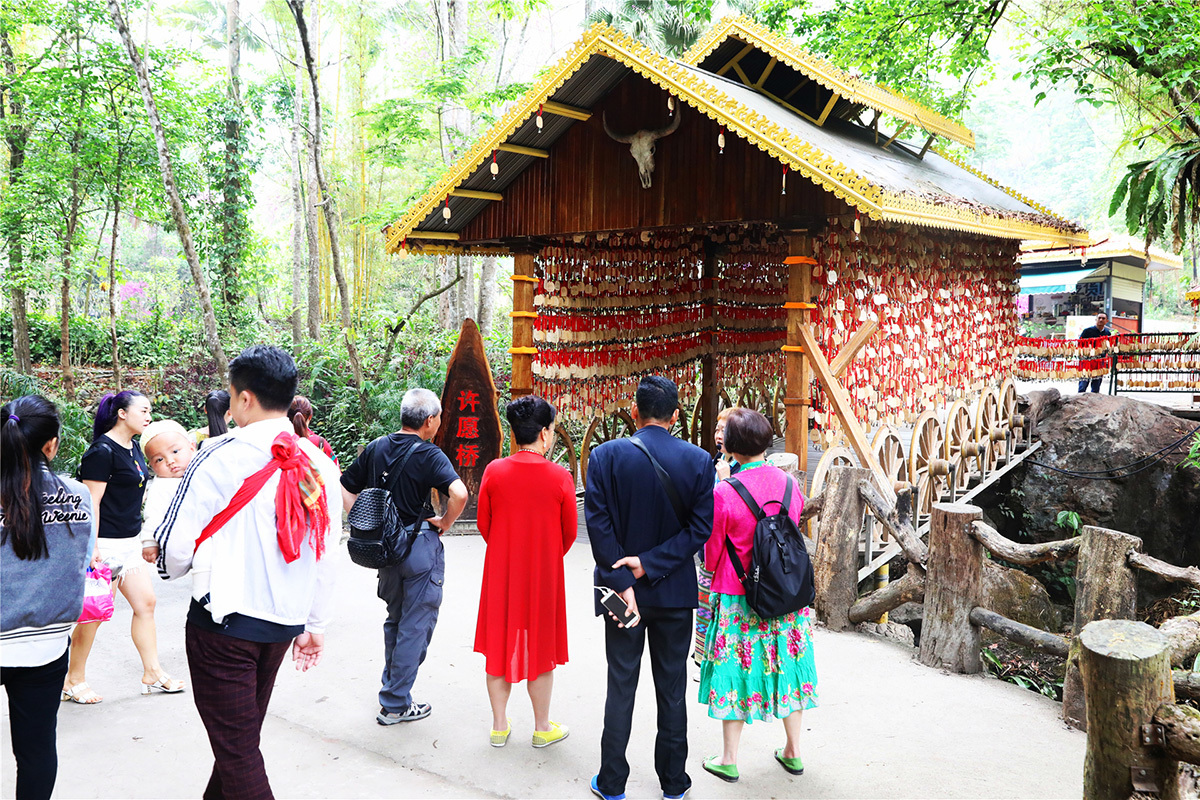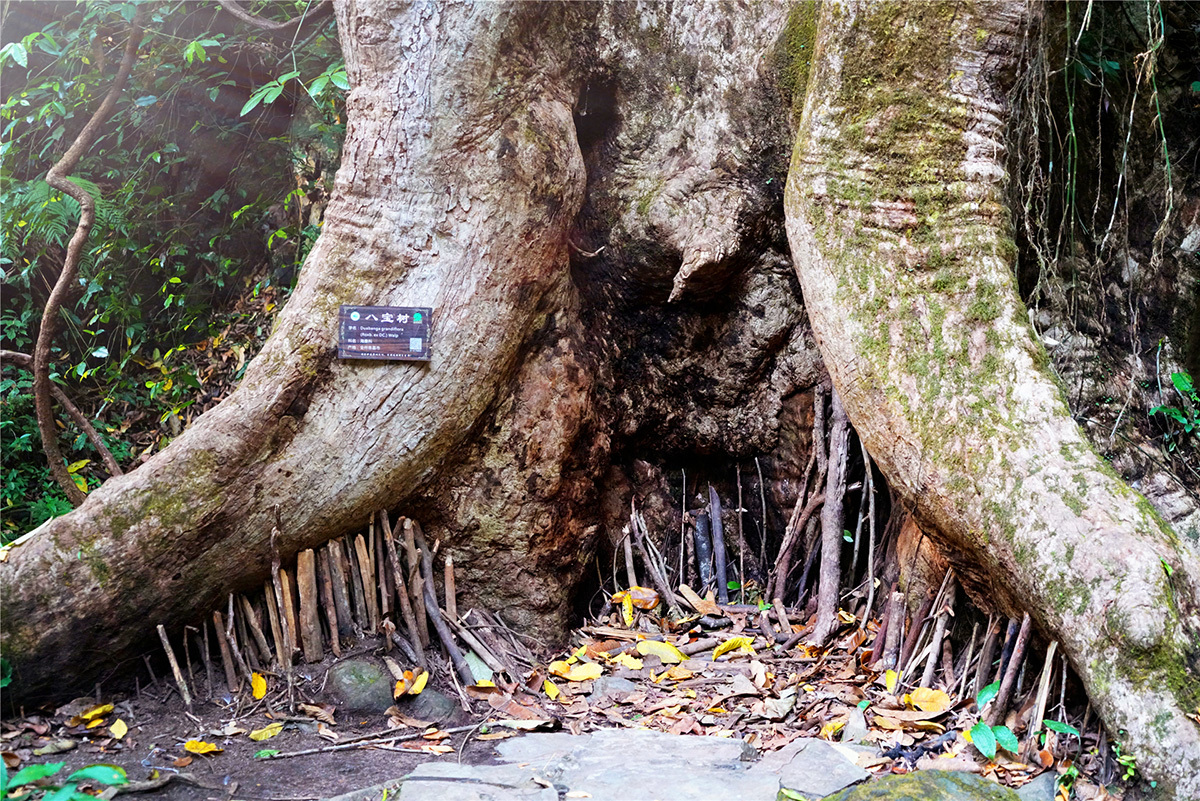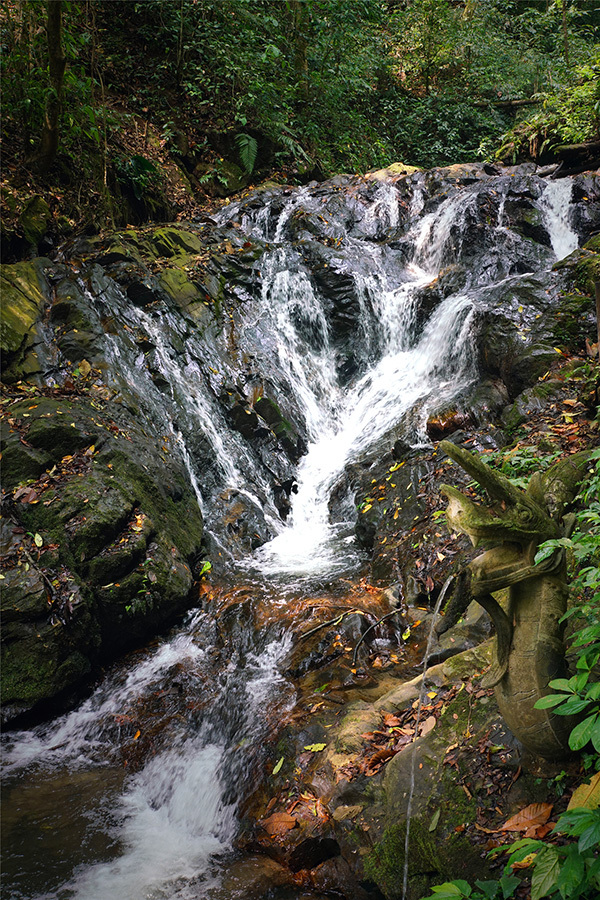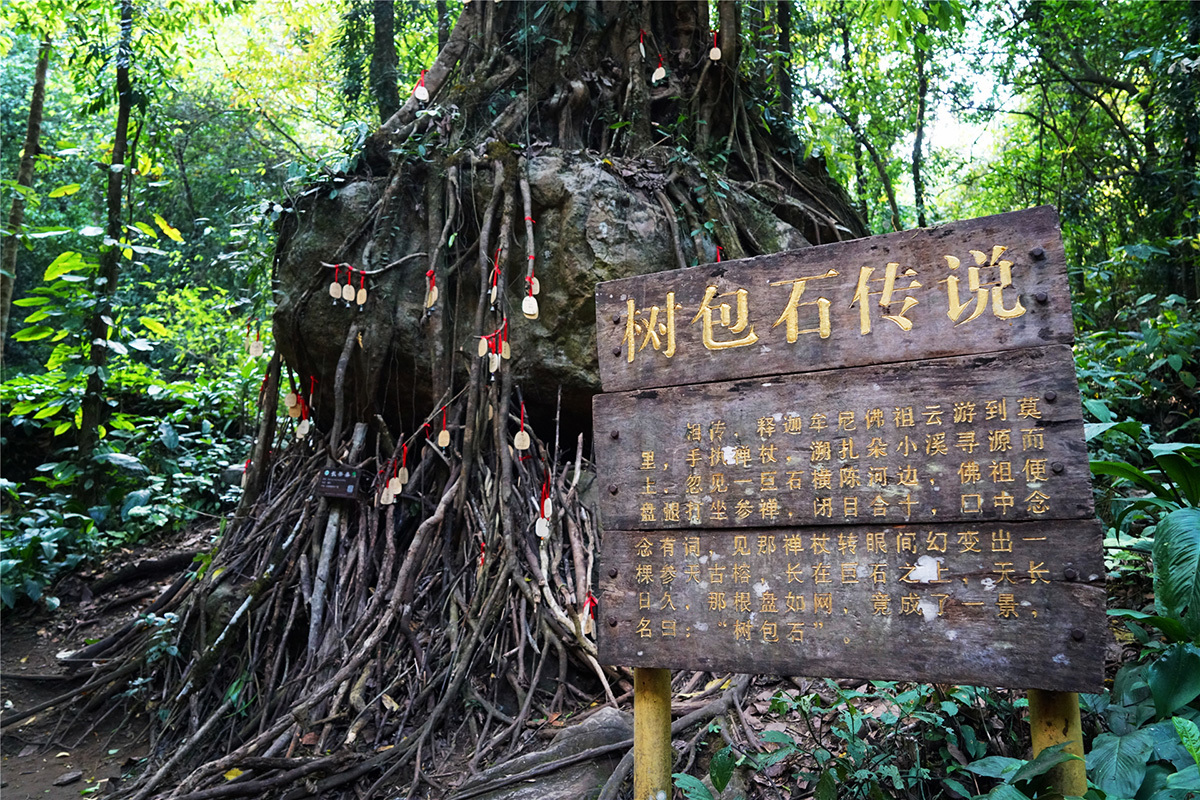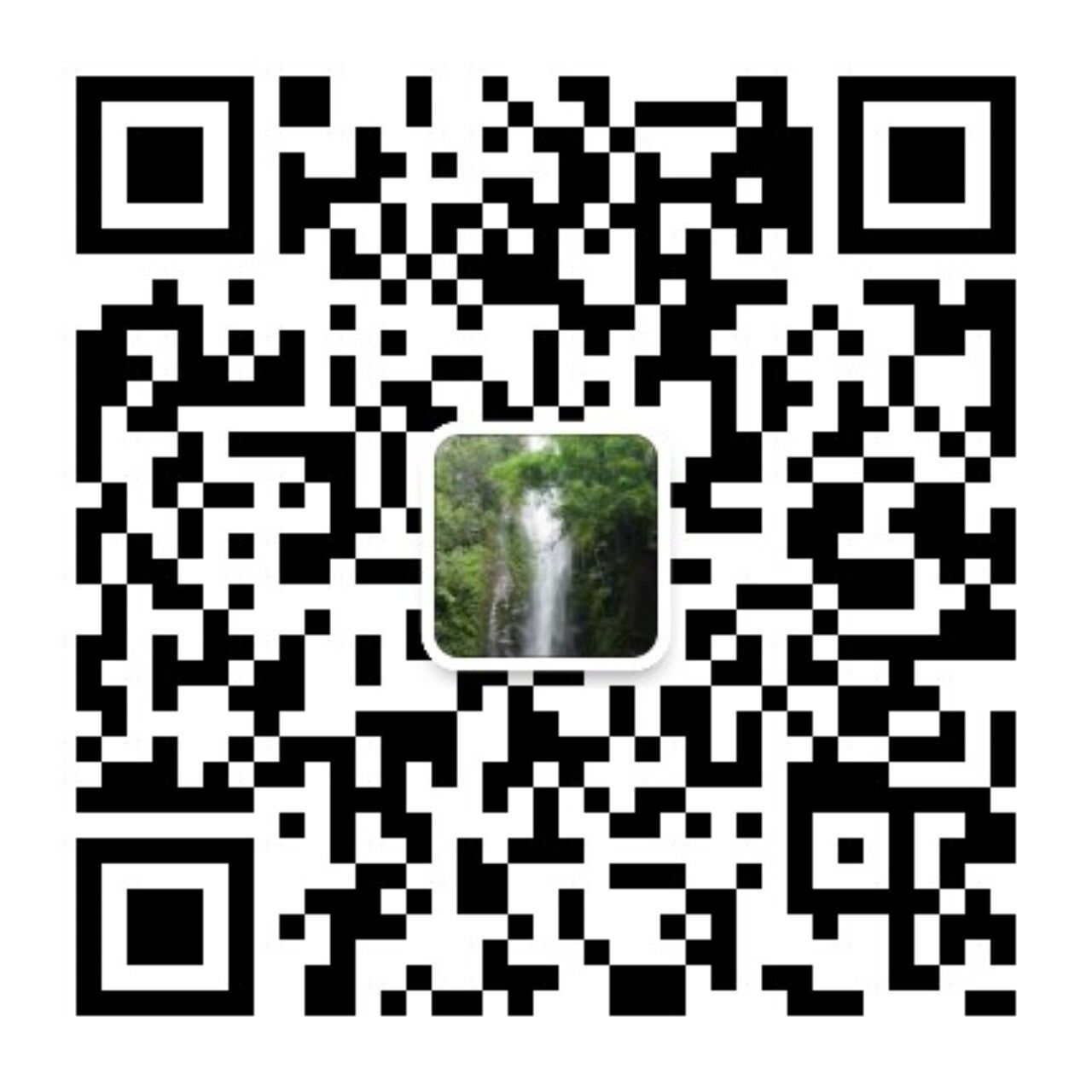Munao Singing and Dancing Festival - The Jingpo People's Carnival
Category:
Ethnic Festivals
Detailed Description
The Munao Zongge Festival originally served as a sacrificial ritual to drive away evil and promote good, wishing for good fortune and happiness, and celebrating the harvest. The Jingpo people call it "Munao," and the Dai Wa people call it "Zongge," which means everyone dancing together. It is said that only the children of the sun can perform the Munao Zongge dance, which was later passed down to humans by Ning Guanwa, the ancestor of the Jingpo ethnic group. During the festival, Jingpo men and women dress in festive attire and gather from all directions to sing and dance with abandon. The Munao Zongge dance is led by two highly respected "Naoshuang" leaders. The "Naoshuang" wear beautiful peacock feather crowns and lead the dance at the front of the Zongge procession, waving shining silver knives to the rhythm of graceful yet vigorous melodies. Under the guidance of the "Naoshuang," Jingpo people of all ages step to the beat of elephant-foot drums and accompaniment instruments like "Sangbi" and "Baza," singing and dancing simultaneously. The "Zongge" troupe is large in scale, majestic in momentum, with strong and powerful dance steps that change in an orderly manner. The singing and dancing are accompanied by cheers of "Oh la! Oh la!" that resonate across the fields, symbolizing unity and strength. In the center of the dance ground stands a tall "Munao Shidong," engraved with the route of the Munao Zongge dance. People gather around the "Shidong" to sing and dance all night long, creating a spectacular scene. Thousands, even tens of thousands, participate in the Zongge, so the Jingpo Munao Zongge is also called the "Dance of Ten Thousand People."
Event Time: Generally held after the fifteenth day of the first lunar month, lasting 3-7 days.
Keywords:
